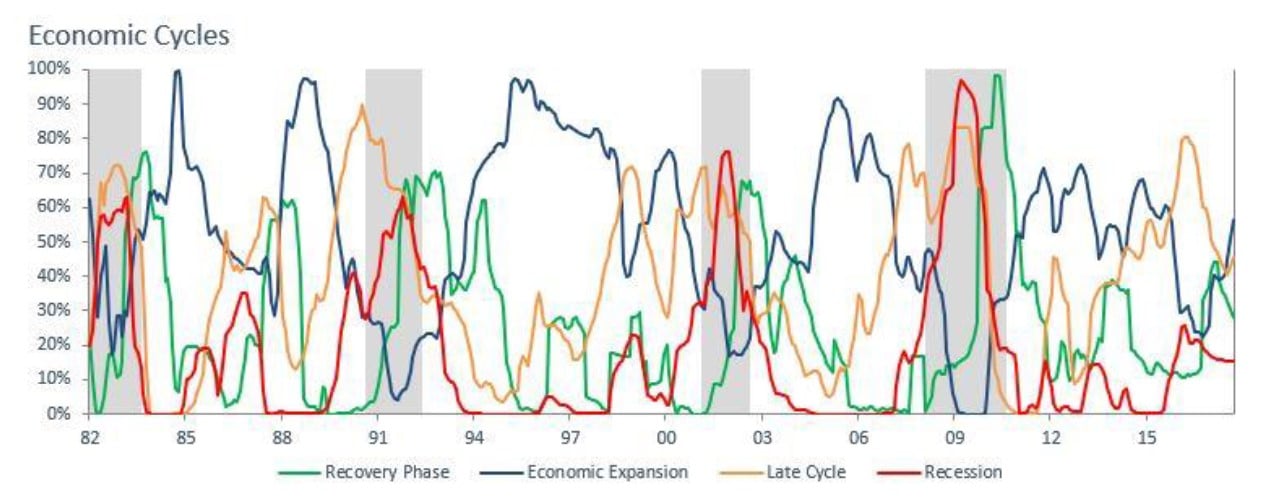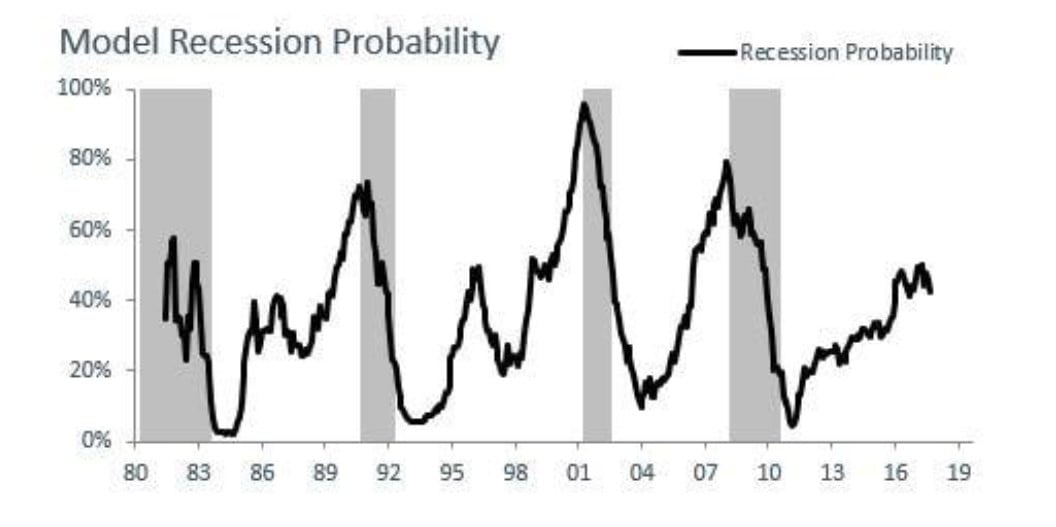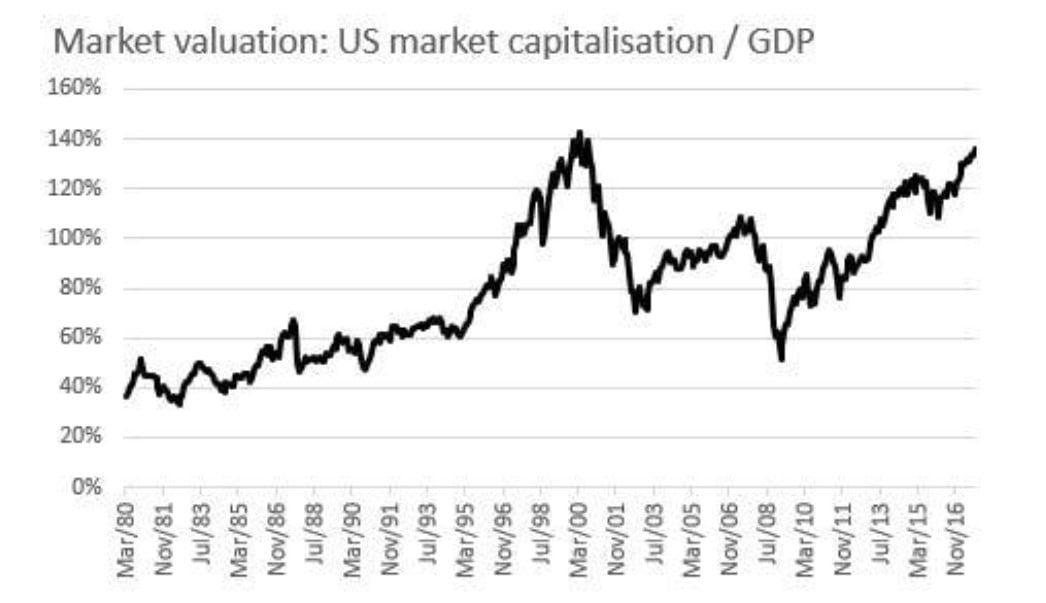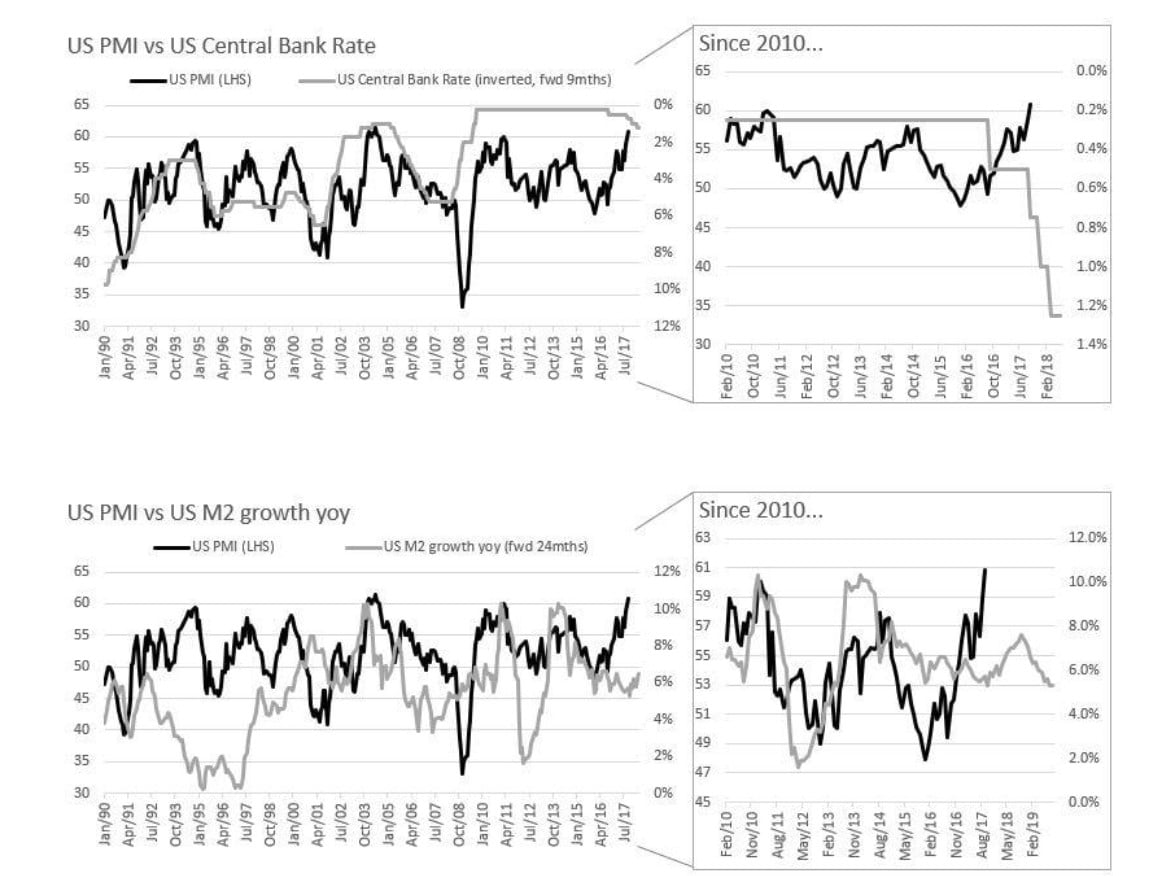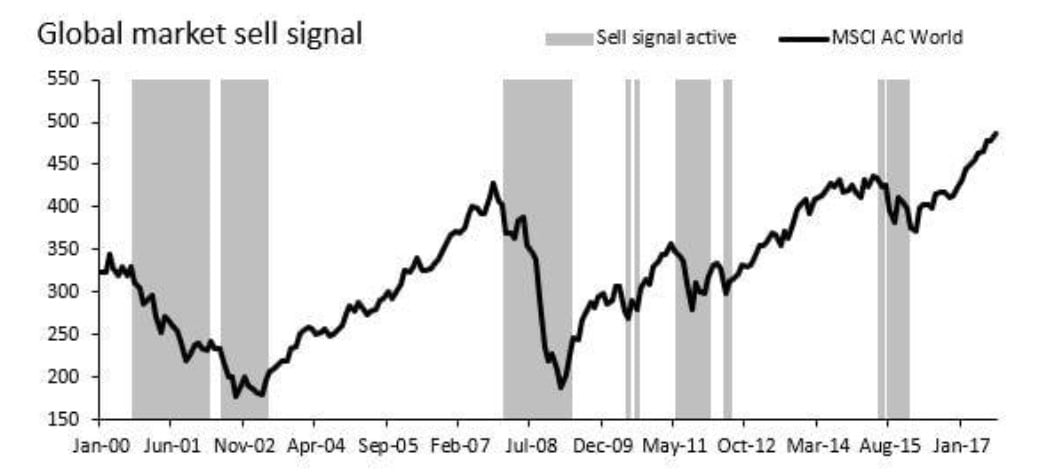Understanding economic cycle and how they impact financial markets is a crucial skillset in managing an investment portfolio. But what does this really mean, and how can we implement it? The below article is designed to run you through how an economic cycle works, and applies our analysis and recommendations from our observations. More can be found at www.recessionprotect.com where you can get $200 discount on a membership (no catches) for future updates.
If you want to find out more please use this URL for a special ValueWalk reader discount
Understanding Economic Cycles
Economic cycles are driven by sub-cycles, such as cycles in the price of credit which drive leverage cycles, business investment cycles and consumer spending cycles. The characteristics of each of these sub-cycles are unique in their nature, and can be measured at a more granular level allowing us to identify four stages of an economic cycle:
Q1 hedge fund letters, conference, scoops etc
- Recovery phase: central banks & Govt loosen policy to help growth re-accelerate out of the last recession, liquidity conditions transition from tight to loose and stimulation gets consumer and business activity moving positively.
- Economic expansion: this is the longest part of the economic cycle. Economic growth stabilizes, liquidity conditions become neutral, underlying cyclical data points such as credit & business investment cycles drive the economy.
- Late-cycle: the cycle matures as demand begins to exceed economic capacity, inflation pressure arises & central bank hiking begins to tighten liquidity. The output gap has largely closed and the economy is vulnerable to recession when economic momentum slows or liquidity becomes too tight. Eventually the prospects of return on investment for firms start to fall and business investment growth plateaus.
- Recession: the final phase, as the economy cools and enters into a contraction as consumer and business activity slows in response to tighter monetary & fiscal policy. The de-stocking of business inventory to better manage cashflow causes upstream supply chains to suffer faster falling sales. Tight monetary policy effects on interest rates has made property less affordable causing a slow-down in construction activity (i.e., new builds), home improvement (i.e., alterations & additions) and home furnishings which causes knock on effects to employment & business investment decisions.
Our below work identifies and measures economic factors based on the characteristics of each of these phases, to measure the strength of each cycle phase at the current time, giving us a picture of where we are in the current cycle.
Furthermore, we apply simple tools to identify the probability of a near-term US recession based on the current aging profile of economic data, and observe our other favourite tools to help manage our portfolio risk.
DECEMBER 2017 UPDATE
Summary: Begin reducing risk, invest cautiously. Not recommending significant de-risking of your portfolio yet.
Risks have reduced in the last quarter. The Economic Cycle model is showing that Late Cycle conditions are no longer the dominant force and the pick up in Recovery Phase conditions we last quarter has clearly translated into the most dominant economic force now being the Economic Expansion. It is hard to know how long this Economic Expansion phase can retain it's strength, but we may be looking at a second wind for the US economic cycle. The Recession Probability model has tracked sideways since last quarter and is still not flagging the outright risk of a recession. Economic momentum for now appears positive, and despite the market near all time valuation highs, we recommend remaining invested, albeit cautiously. We do not believe portfolio leverage would be wise, and expect a continued de-risking of portfolios remains prudent.
Economic cycle is back to the Economic Expansion phase in this latest quarter, implying momentum is clearly picking back up.
Learn more here
Recession probability is material (43%) but slightly lower than the previous quarter and still not high risk. In the past, recessions have occurred with at least 70% probability of recession on our model.
Market valuation, as measured by the Wilshire 5000 All Cap index divided by GDP is near all time highs making the risk-reward of investment in the market index a weak proposition. This would suggest any long investments made must come with a strong thesis. Preparing for market shorting opportunities is recommended.
Liquidity based Economic Leading indicators are not currently supportive of the forward outlook for US PMI (economic strength), and risk assets will likely struggle to outperform in the face of liquidity.
Our stop-loss tool (global market breadth index) has not yet triggered a sell signal.

